The Nineties
While the 1980’s saw some changes in mixer technologies, it would remain until the nineties, and the transition to digital recording, before any further development would take place.
Despite the introduction of the Sony PCM-F1 format in 1981 (adopted by a few brave mixers for use in film production), it would be another six years until DAT was introduced as a medium for the consumer, and yet another five years for it to begin to be adapted for professional use. While DAT saw fairly ready acceptance in the music world (being a huge improvement over cassette tapes and cheaper than ¼” tapes), it remained for the introduction of the Fostex PD-2 in 1992 before being taken seriously as a production recording format. However, being a two-channel format (with the exception of the Stelladat II, which boasted four channels), there was really no change in terms of how films were recorded and edited. Sound was still transferred to 35mm mag stock for cutting, and mixed in a traditional manner. It could be argued however, that it offered a better recording medium than typical 7.5 IPS non-Dolby analog recording, so that some issues relating to noise and other flaws in source material might be more readily apparent compared to analog. Still, there was no compelling reason to change mixing equipment. At the end of the day, it was still just two channels of audio. (Yes, there were 4-track, 8-track, 16- and 24-track analog recorders in regular use during the decade, but these were primarily employed on music projects, and not for typical production recording.)
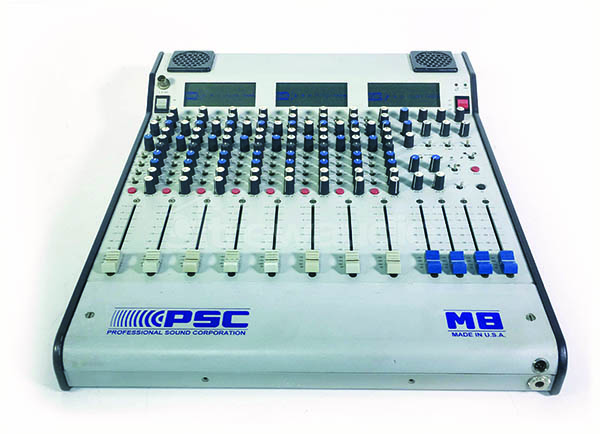
Changes were in the wind however. The first of these was the introduction of the Nagra D recorder in 1992 (the same year that Fostex debuted the PD-2). While pricey and rather large, it was the first machine to be able to record four channels of high-quality digital in the field. While this offered some advantages in certain production situations, it was never adopted to any significant degree due to the fact that it was a proprietary format, expensive technology, and required transfers to 4-track fullcoat mag to be able to take advantage of all four channels. It did, however, cause both sound mixers and equipment manufacturers to begin to rethink the approaches to production mixing boards. Although there were relatively small consoles available which could be configured for four (or even eight) busses, most of these were limited to studio production.
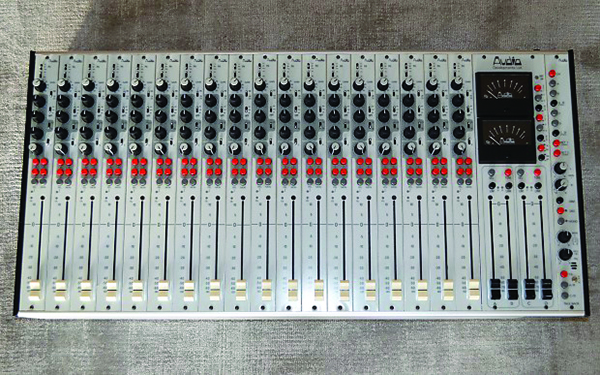
The next in line in the four-channel sweepstakes was the Deva recorder, introduced in 1996. This marked a wholesale shift in production recording technology from tape to file-based recording, with an attendant change in workflow. If there was ever a reason to doubt that production recording was headed for higher track counts, the introduction of the Deva would put them to rest. While still slow to see ready acceptance, the fact that the recorder was capable of generating sound files that could readily be imported into digital audio workstations (such as Pro Tools and Fairlight) meant a huge savings in transfer costs. At this point, the industry began to sit up and take notice.
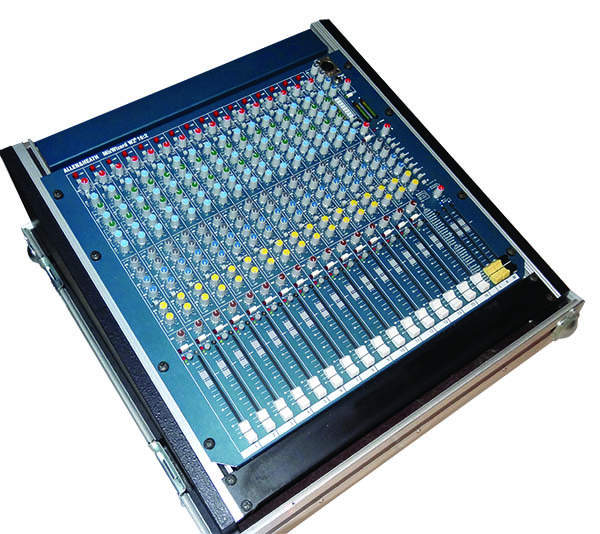
With four channels now at their disposal, production sound mixers started to look at ways to take advantage of them. Four channels didn’t allow an isolated channel for every input, so some sort of mixing was still required. However, most portable mixing consoles of this period were designed with dedicated master sections with two output busses, and perhaps one aux buss. As a stop-gap measure, some manufacturers (such as Cooper and Sonosax ) developed an auxiliary module for their existing consoles which would provide two extra outputs.
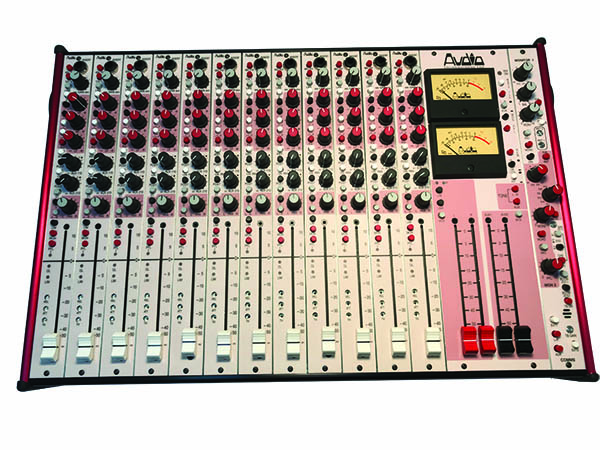
Other manufacturers had already anticipated this demand. In 1992, Professional Sound Corp released its model M8 mixer, a well thought out design that incorporated
eight inputs and four busses.
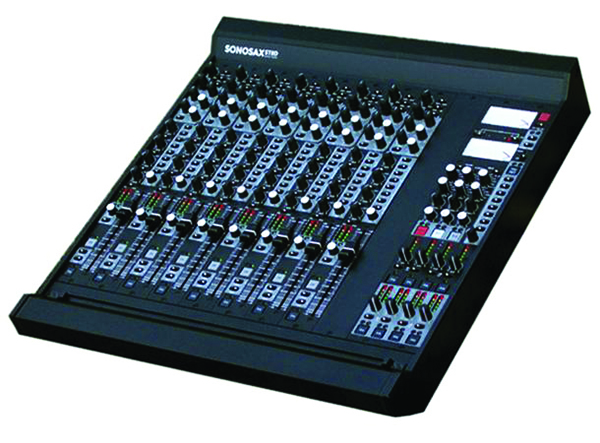
Audio Developments followed up with a variation to their AD245 mixers, introducing the AD146 and AD147 in the late 1990’s. While equipped with only two buss meters, these consoles actually had four assignable busses for each input module. An additional 15-pin connector allowed for full metering of all outputs.
Thus began the race for more channels…
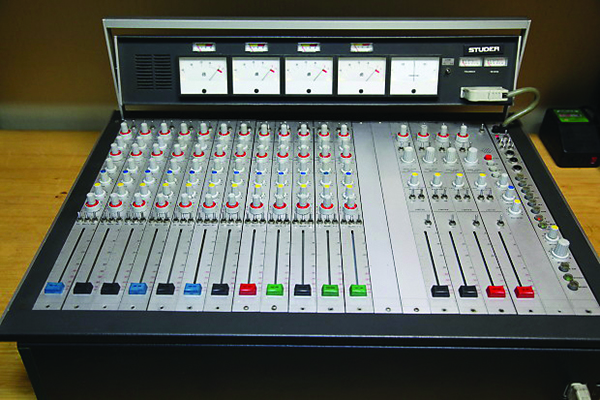
2000
With file-based recording now becoming firmly entrenched as the primary medium for production recording, the ability to record multiple channels of high-quality audio without having to resort to multiple recorders or wide-format analog tape was becoming a reality. Of course, the logical use for the additional channels was to be able to isolate various mics during production (in the same manner that multitrack had been used for music recording for years).
The only hindrance to this approach was that not all portable production mixers of the era had facilities to provide a direct output from each input channel. So, it was once again back to the drawing board for some manufacturers to provide this capability. Notable among the mixing consoles that were intended to address the issue were the Cooper CS-208 (introduced in 2000), the Audio Developments AD149, and Sonosax SX-ST series (introduced in 2008). In addition, the Audio Developments AD149 and Sonosax SX-ST could be provided in configurations up to 12-input channels, a significant departure from the days when four or six inputs were the norm.
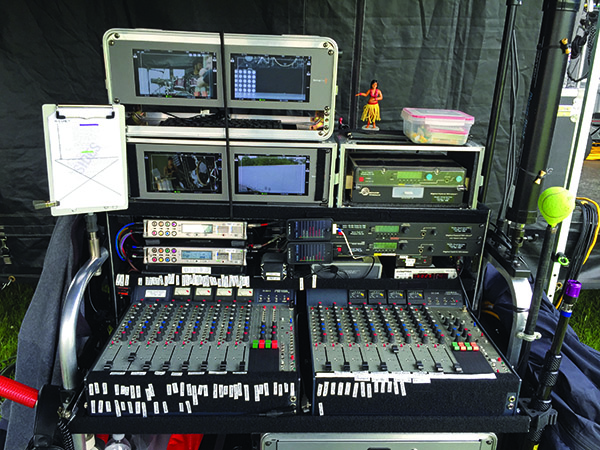
Another interesting entry to the fray, and setting the stage for the future, was the introduction of the Zaxcom Cameo mixer in late 1999. While there were other digital consoles on the market (such as the Yamaha 02R, introduced in 1995), Zaxcom was the first to market with a portable digital board designed specifically for production recording. It sported all the features one would expect of a film-mixing console, including communication channels, extensive routing, plus individual channel delay. It was also equipped with both analog and AES I/O. However, despite its 6-mix busses, it was still limited to an 8-input configuration. While this wasn’t too much of an issue at the time it was introduced, the day was coming soon where eight inputs would be deemed insufficient for the needs of multi-camera shows with large casts.
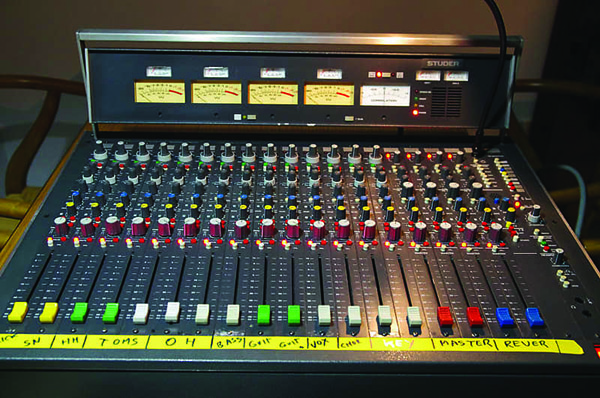
While some mixers employed tape-based recorders such as the Tascam DA-88 for multi-channel recording, these were cumbersome rack-mounted recorders requiring an AC supply. File-based recording was of course, available at this juncture, but it would remain for the introduction of the Fostex PD-6 recorder in 2002 to up the channel count. Still, recording time was limited.
2004 brought the introduction of the Zaxcom Deva IV & V recorders, followed by the Sound Devices 788T in 2008, both capable of eight channels of analog or AES inputs, and ten tracks of recording. For the first time, production crews had portable, battery-operated recorders capable of a significant track count at their disposal.
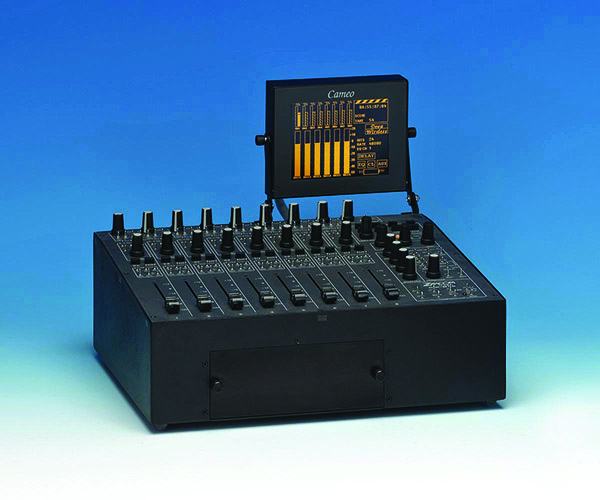
Not to be outdone, in March of 2008, Zaxcom introduced the Deva 16 recorder, which, when paired with its digital mixer, could record sixteen tracks of audio.
At this point, the traditional approach used for portable analog consoles was reaching the limit in terms of input capabilities. Except for custom (and pricey) versions of the Sonosax consoles, the only other alternatives for analog consoles with an input count over twelve channels was the Allen & Heath WZD 16:2 console (a no-frills AC powered 16-input portable board aimed primarily at the live sound market), and the Studer 169 and 961 series consoles. Beyond that, the only solution was to gang two consoles together to achieve the input count needed. While this was fairly easily achieved with the Cooper and Audio Development consoles, it was hardly an elegant solution. It took up a wider footprint than what was really needed for sixteen channels, and also required power for two consoles. Still, many mixers took advantage of this approach.
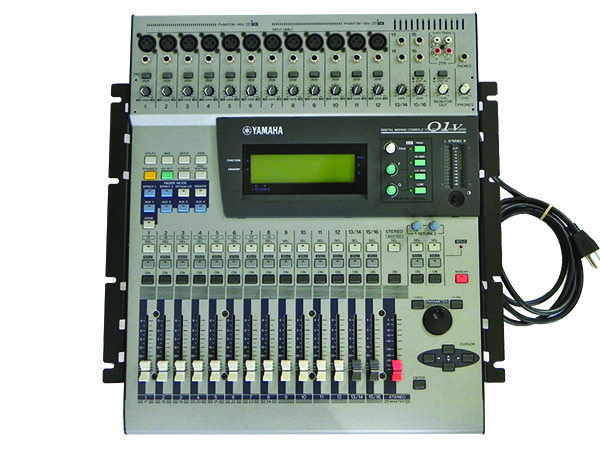
Clearly, the time had come for some different solutions to the increasing track counts demanded of some productions.
Next up, “Where we stand today.”
–Scott D. Smith CAS